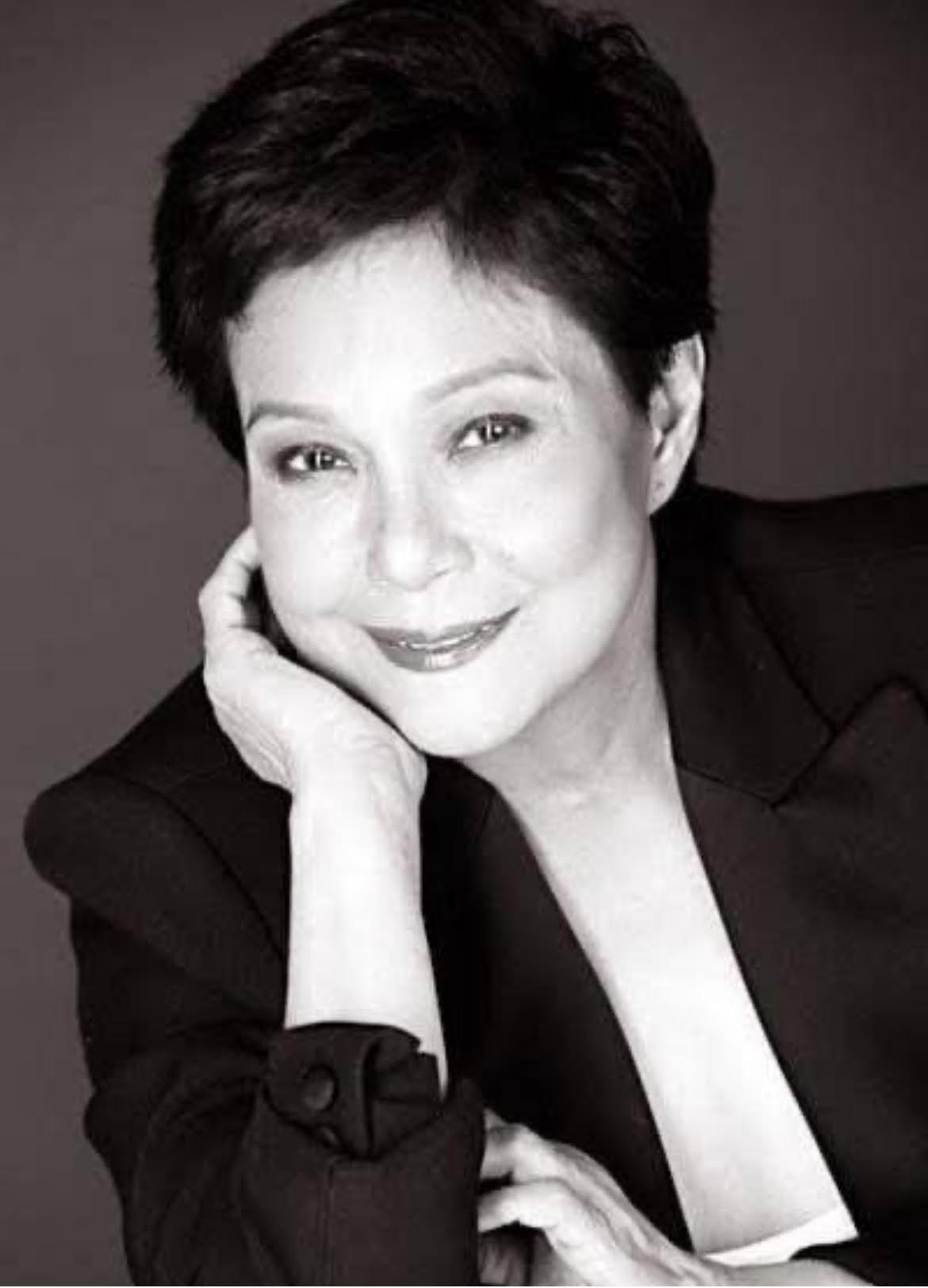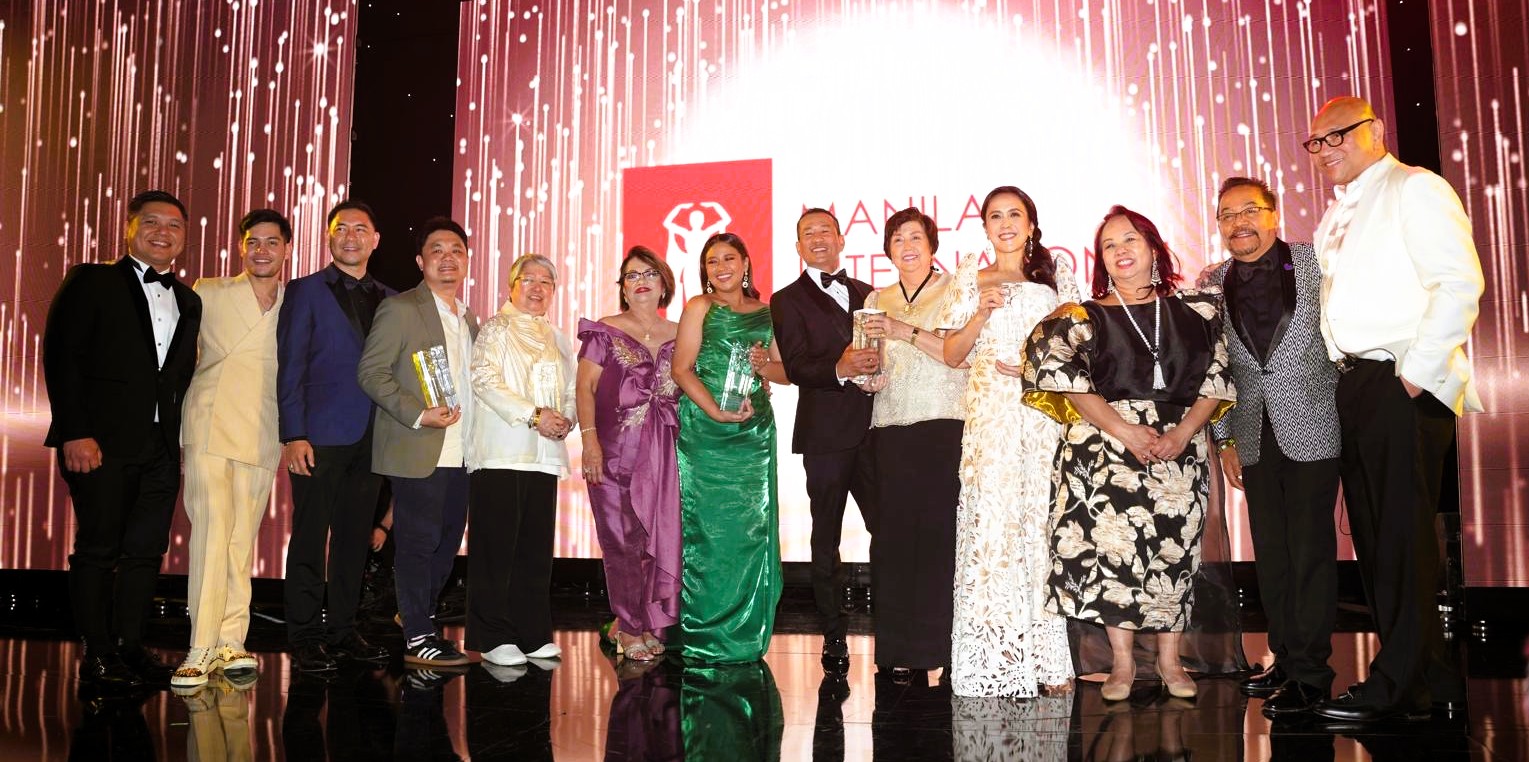Twenty-four-year-old Mary Joyce Jaime’s highest level of completed education was 6th grade. She doesn’t work and had her first child at 18 years old. In six years, she had five more pregnancies, one which she miscarried.
She sits in a corner of a bustling, loud maternity ward being questioned by a hospital staffer for her intake. Here, she’s on her sixth pregnancy.
“Tell your husband you don’t want any more children,” the staffer tells Mary Joyce, a seemingly unwarranted piece of advice. “You’re so young. You’re only 24 years old.”
This is an opening scene from the new documentary “Motherland” from Filipino-American filmmaker Ramona Diaz (“Imelda,” “Don’t Stop Believin’”). As previously reported by the Asian Journal, the film opened in Los Angeles on Friday, September 22 for a limited run.
The film explores the goings-on inside Dr. Jose Fabella Hospital, which is purportedly the busiest maternity ward in the world. At the start of the film, we see a nurse marking down the number of mothers and babies in the ward that day — mothers: 151, babies: 115.
The hospital staff work tirelessly to accommodate the large influx of mothers, most of whom live in poverty. The mothers — many of whom are in their late teens and early twenties — are often on their 4th, 5th or 6th birth. The lack of incubators force mothers to perform Kangaroo Mother Care, which entails mothers, and sometimes fathers, having their baby held in their tube tops to provide insulation. During large influxes, staff are forced to have mothers share beds, sometimes three to one bed.
Because of the Catholic Church’s domination on Philippine culture and society and a lack of sexual education, many of the mothers turn away from contraception like IUDs despite staffers urging them that those options will prevent them from unwanted pregnancy and avert further physical and emotional stress on the mother.
Despite the difficult decisions, however, the mothers are the stars of the film and find solidarity among each other. They find room in their dreary conditions to laugh and joke, which brings unexpected delight to a film about the drastic state of reproductive health in the Philippines.
Throughout the 90-minute exploration into the daily life of Fabella, perhaps the most significant takeaway is despite difficult conditions, the miracle of life and strength of the human spirit still finds a way to shine through.
The film was screened at the coveted Sundance Film Festival in January 2017 where it won the World Cinema Documentary Special Jury Award: Commanding Vision award. Diaz has screened the film all over the world including New York, Austin, Australia, Germany and Russia.
Diaz had just come back from a film screening in St. Petersburg, Russia when she sat down with the Asian Journal for an interview on the night of the film’s premiere in Santa Monica, California on Friday, September 22.
The Asian Journal: You originally wanted to do a story on the 2012 Reproductive Health Bill to research reproductive rights in the Philippines as a whole. Why did you decide to change course and follow the stories in one hospital?
Ramona Diaz: When I was in the Philippines researching the bill, and I was interested in the social and cultural drama surrounding this issue which I’d been reading about here in the U.S. And I thought that’s the film I wanted to make. I also thought the culture was turning a corner and tethering its ties to the [Catholic] Church if the bill passed so that was interesting me. But when I got there, it wasn’t as dramatic as it was in my head. I couldn’t wrap my head around the film until I went to the hospital when we visited Fabella. When I got there, it was so clear to me that that was the film. I mean, it’s still the same film with all the same themes, reproductive justice and reproductive rights. I just knew intuitively that the film was just the hospital.
AJ: What was filming in such a small space like Fabella like? What were were some challenges or surprises your team ran into while filming?
RD: Filming was very tough, you know. We had 14-16 hour days every day for six weeks, except for one day when there was a typhoon. It was tiring because we were following stories as they unfolded, and there were so many stories and every day was different. It was a really small space so we had a small crew, which is familiar since I work with small crews all the time because documentaries I make only call for a small group, but this was smaller than what I was used to. It was just me and my [cinematographer] and I chose a female shooter because, even though there were men going in and out of the ward, we figured the mothers might be more comfortable that way.
AJ: Did you find that subjects were willing to be filmed and willing to share their stories, given that giving birth is such an intimate and sensitive moment?
RD: All these years making documentary films — this is my fourth one — I find there’s a point when the subjects become invested in the film enough to care about it. Initially, you’re always having to explain to them what it is you want, like, I don’t want them to perform for me and I don’t want them to do anything extraordinary. It’s just ordinary and I want them to just live their lives within whatever they do. That’s hard for people to understand because people never think their lives are interesting. But we always, always made sure to let them know that it’s okay if they didn’t want to be filmed, they can say “ayokoyan.” But at the same time, some of the women would miss being filmed and would direct us to them [laughs]. After a while, they got used to the attention and they liked it.
AJ: One notable characteristic of the film was the bonding among the mothers and how easy it was for them to remain in high spirits and laugh despite living the conditions of the ward.
RD: Yeah, the sense of community amongst the women was really something. When I first visited that was what surprised me and drew me to the story. I wanted to film the communities of women. I thought the staff was interesting, but the women — the mothers — because of these communities that formed. They were quite intimate relationships, yet the relationships were so fleeting because they know they’ll never see each other again after the month. That’s what was interesting to me, these fleeting friendships that were so intense amongst women. I loved that they were funny and sort of gaudy and very sexual beings. Whenever people film women in poverty, they don’t film them in sexual ways, but I wanted to show that they are sexual beings; that’s how they got here in the first place, so that was my interest and what drew me to the story.
AJ: Why was a story that sheds light on the state of reproductive health rights in the Philippines something you wanted to explore?
RD: I’m always interested in women’s rights and female stories, which are very important stories to tell. It was interesting to me too because I grew up in the Philippines, which is a very Catholic country and also the only country in the world that doesn’t have [a] divorce law. There are so many things about this that makes me think, ‘I can’t believe we’re still fighting over bodies of women or what women can do.’ It just boggles my mind. So that’s why I’m interested in it, the constant conversation that makes you go, ‘Oh, my god, it’s so clear that these things should be the woman’s choice. No one should legislate it.’
AJ: You’ve made several documentaries about Filipinos and Filipino culture, including the films you’ve done on Arnel Pineda and Imelda Marcos. Why is it important for you to tell Filipino stories?
RD: I don’t think it’s a conscious thing where I have to tell Filipino-American stories, I think it’s just what I gravitate to naturally because it’s what I know. There’s something universal in the stories I tell, they just happened to be from the Filipino perspective. The way I film is way more observational and I like being in between two cultures. I’m from the Philippines and, although I’ve lived more years here [in the United States] than there now, there’s something I can always find when I go home, so to speak. So when I’m there I can observe from the outside, but still, understand the nuances of the culture. And, you know, there are just so many unique stories from the Philippines that are so interesting. It’s what I gravitate towards.
AJ: Do you have any words for aspiring Filipino-American documentary filmmakers?
RD: Let me tell you what I always tell emerging filmmakers: It really is a good time to be a filmmaker because the tools of the trade are so easily accessible. And they’re great tools, you can make anything look fantastic. But it still comes down to what it is you’re trying to say, the story you want to tell.
I think that has to be answered because craft is great but if it’s style over substance, it’s empty. For people of color, and particularly women of color, I think they’re shining a light on the racial disparity in the industry. So it’s a great time to be in the industry because you can really make a lot of noise and you’ll be standing on big shoulders, women who started on it, like Ava DuVernay. It’s a good time to start claiming your own narrative. For a lot of years, we haven’t told our own stories, right? Someone else does it. So I think it’s our time to claim our narrative.






